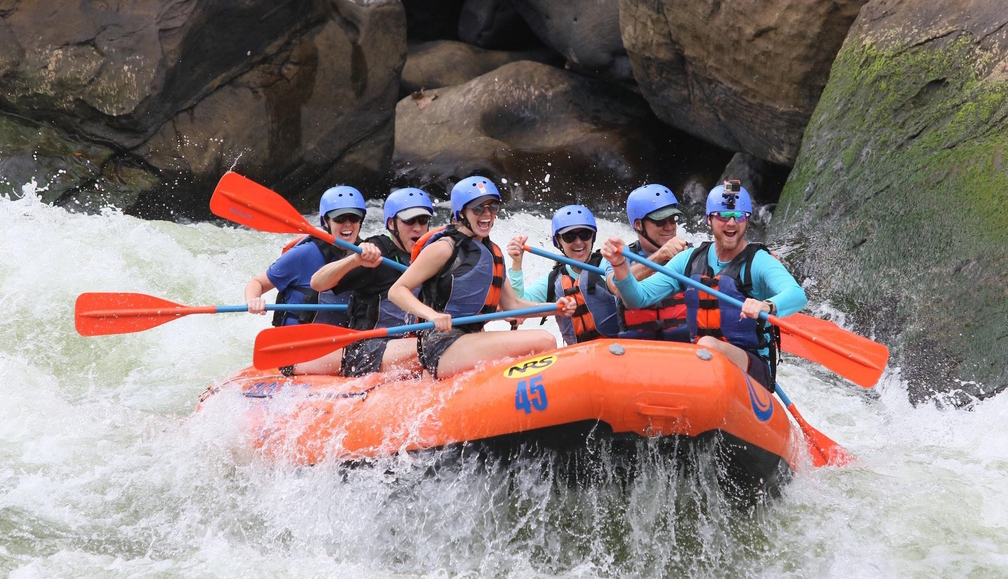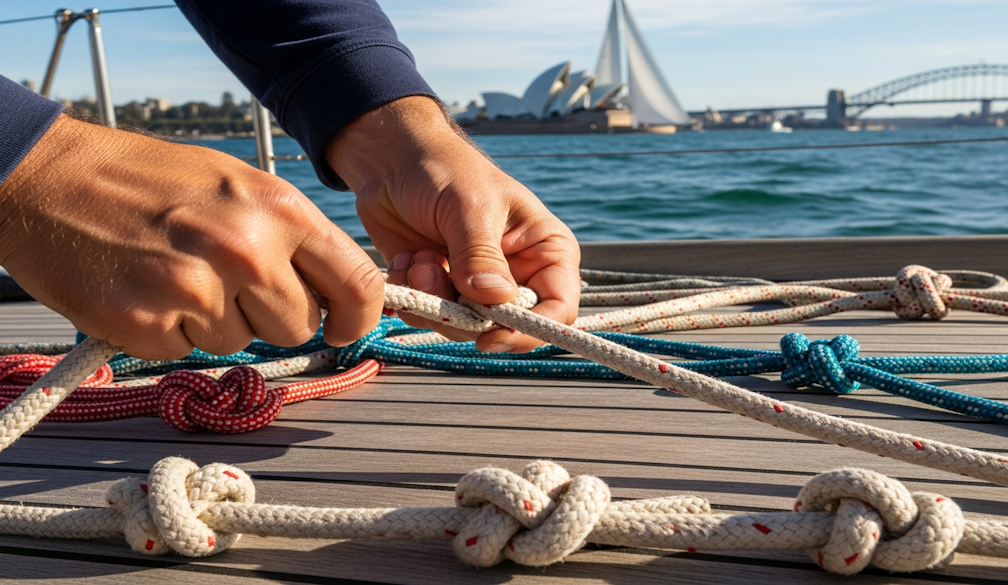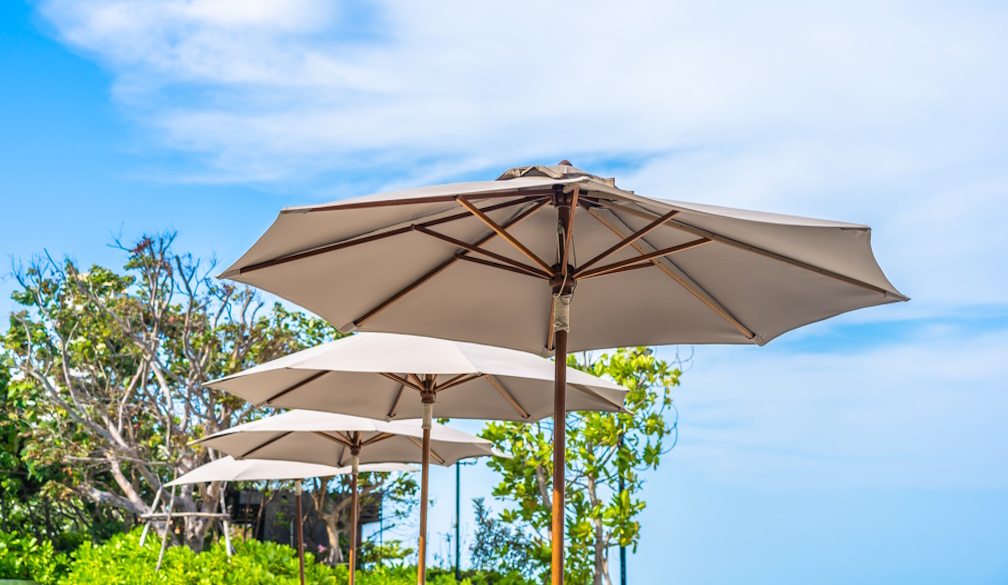7 Savvy Rafting Hacks For Beginners
- Written by Chloe Taylor

Rafting is a thrilling and challenging water sport that can take you through rapids and calm waters, but it is also an adventurous water sport that requires skill, teamwork, and proper preparation. There are always ways to improve your skills and make the most of your time on the water, whether you are a beginner or an experienced rafter. Here are seven clever rafting hacks that every beginner should be aware of:
Choose the right rafting gear
The first step toward a successful rafting trip is to ensure that you have the proper equipment. A good quality raft is required, as well as a paddle, life jacket, and helmet. Consider the type of rafting you will be doing as well as the conditions you will be facing when selecting a raft. For example, if you intend to raft through rapids, you will need a more durable and heavy-duty raft. Consider the raft's size and weight capacity, as well as any storage options. Remember to check the manufacturer's recommendations for the equipment you choose to ensure it meets safety standards.
Learn how to paddle properly
It is essential to learn how to paddle properly in order to maintain control on the water. The most important thing to remember is to keep your arms straight and to power each stroke with your torso. To maintain balance, it is also critical to paddle on the correct side of the raft. When rafting in rapids, you must be able to navigate around rocks and other obstacles with quick and precise strokes. It's also a good idea to practise your paddling skills on calmer waters before tackling more difficult rapids.
Select a good rafting destination
Choosing the right location for your rafting trip is just as important as having the right equipment and skills. There are numerous beautiful rivers and waterways all over the world that provide thrilling rafting opportunities. If you are a beginner, it is best to begin with a calmer, more beginner-friendly river before venturing into more difficult rapids. One of the best places to start is Bosnia and Herzegovina, which offers exciting rafting on Tara for both beginners and experienced rafters. The Tara River, with its stunning scenery and clear, turquoise waters, is an ideal location for your first rafting adventure.
Pay attention to your body position
Your body position can greatly impact your rafting experience. When you are sitting in the raft, make sure you are centered and balanced. If you are sitting too far to one side, it can cause the raft to tip or spin. When you are standing in the raft, it is important to keep your weight over your feet and maintain a low center of gravity. Also, keep your knees bent to help absorb any bumps or waves. It is also a good idea to listen to your guide's instructions for maintaining the proper body position during the rafting trip.
Know your hand signals
Hand signals are an essential tool for communicating with your guide and other rafters. Signals are commonly used to indicate when you are about to make a stroke, when you need to stop, and when you need to turn. It is critical to learn these signals before heading out on the water so that you can effectively communicate with your rafting team. Before heading out on the water, don't be afraid to ask questions and practise these signals to ensure that everyone is on the same page.
Be prepared for emergencies
Even the most experienced rafters may encounter unexpected problems on the water. Always bring a first-aid kit and know how to use it to be prepared. What's more, basic rescue techniques, such as how to swim to shore or assist someone who has fallen out of the raft, are essential. Before you go out on the water, go over these skills again. In case of an emergency, it is also a good idea to notify a trusted friend or family member of your rafting plans and the route you will be taking.
Stay hydrated
Finally, it is important to stay hydrated while rafting. Dehydration can result in fatigue, dizziness, and other symptoms that can negatively impact your rafting experience. Bring plenty of water and stop frequently to drink and rest. If you're rafting in a hot climate, bring electrolyte-rich snacks to help you stay hydrated. Drinking water throughout the day, rather than just on the rafting trip, will also help prevent dehydration.
Rafting is an exciting and fun way to spend time on the water, but it is critical to be prepared and take the necessary precautions. You can make the most of your time on the water by selecting the right equipment, learning how to paddle properly, paying attention to your body position, knowing hand signals, being prepared for emergencies, and staying hydrated.





